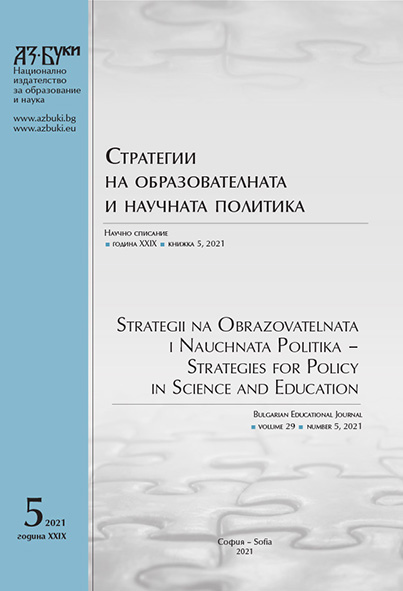Иновативни образователни практики и политики чрез прилагане на геоинформационни системи и технологии
Innovative Educational Practices and Policies through the Application of Geoinformation Systems and Technologies
Author(s): Kliment NaydenovSubject(s): Social Sciences, Education, Geography, Regional studies, Physical Geopgraphy, Geomatics, Maps / Cartography, Communication studies, Sociology, Theory of Communication, Higher Education , History of Education, Educational Psychology, State/Government and Education, Social Informatics, Sociology of the arts, business, education, Economic development, Globalization, Sociology of Education, Distance learning / e-learning
Published by: Национално издателство за образование и наука „Аз-буки“
Keywords: geoinformation technology; GIS; innovative educational technologies; modern teaching methods
Summary/Abstract: Modern global education is characterized by an active transition to the use of new geographic information technologies. The new educational policy orients teachers and university professors towards the introduction of modern teaching methods based on the use of geoinformation and communication technologies. Modern educational technologies provide an opportunity for maximum solution of the problems for the development of education and its individualization. The system for retraining and in-service training of teachers (and teachers in pedagogical universities)also does not sufficiently take into account the vital need to master information technology by working teachers. So far, the processes of self-education predominate in the development of such technologies. Information and communication technologies(ICT) are evolving rapidly on a daily basis. Geographic information technologies, such as geographic information systems (GIS), remote sensing (RS) or global positioning systems (GPS) are important parts of ICT. They are used especially in geography education, but are not limited to this. Geographic information technologies provide such new methods and means of information processing that provide high visibility for displaying diverse information and an accessible set of tools for reality analysis. GIS has great potential for information analysis in order to make management decisions in the socio-economic sphere. The publication reveals the problems of higher and secondary education related to modern geoinformation technologies for searching, interpreting and demonstrating various geographical data. Basic guidelines for the development of the implementation of geoinformation technologies in the learning environment are presented.
Journal: Стратегии на образователната и научната политика
- Issue Year: 29/2021
- Issue No: 5
- Page Range: 481-491
- Page Count: 11
- Language: Bulgarian
- Content File-PDF

